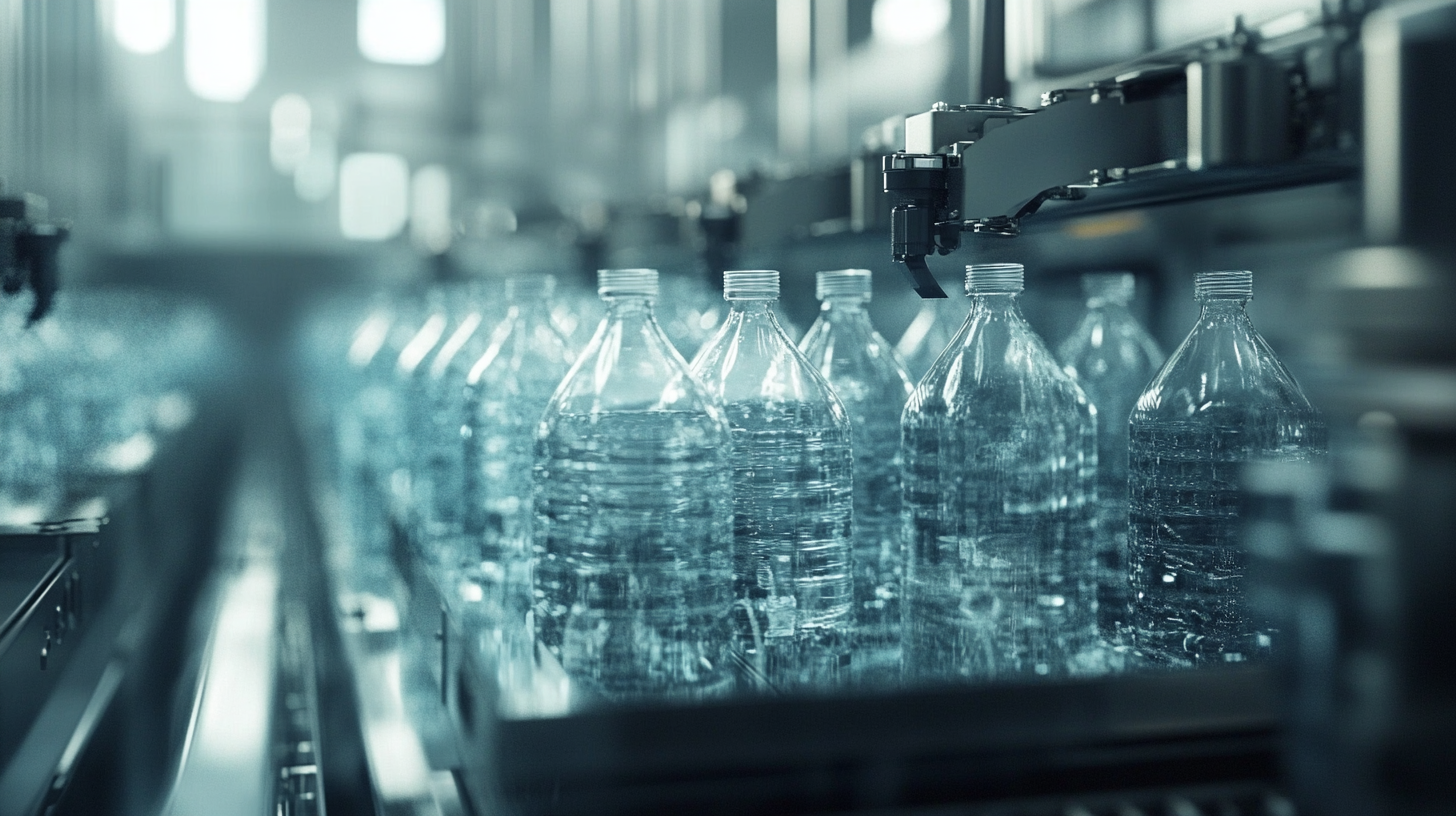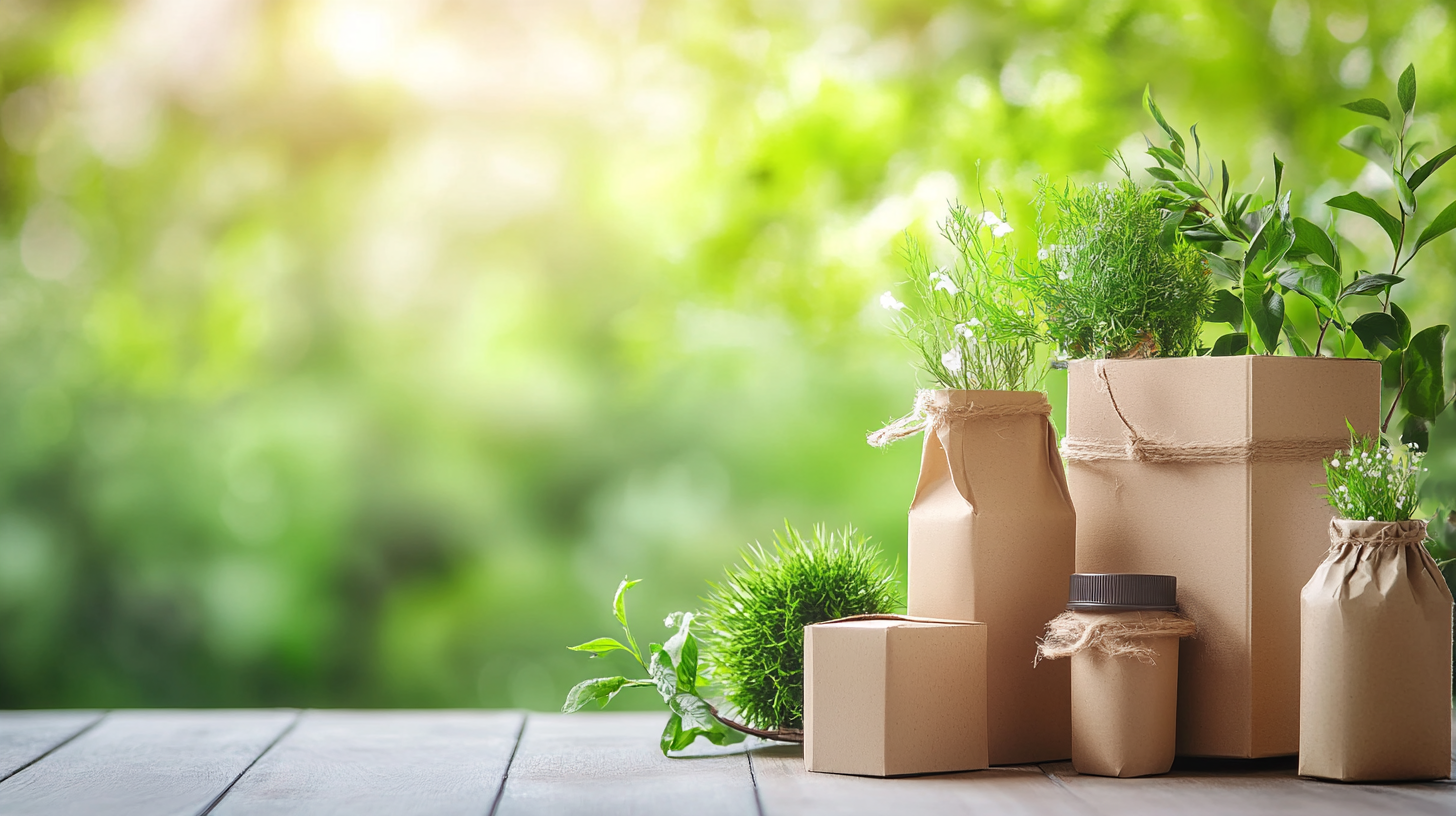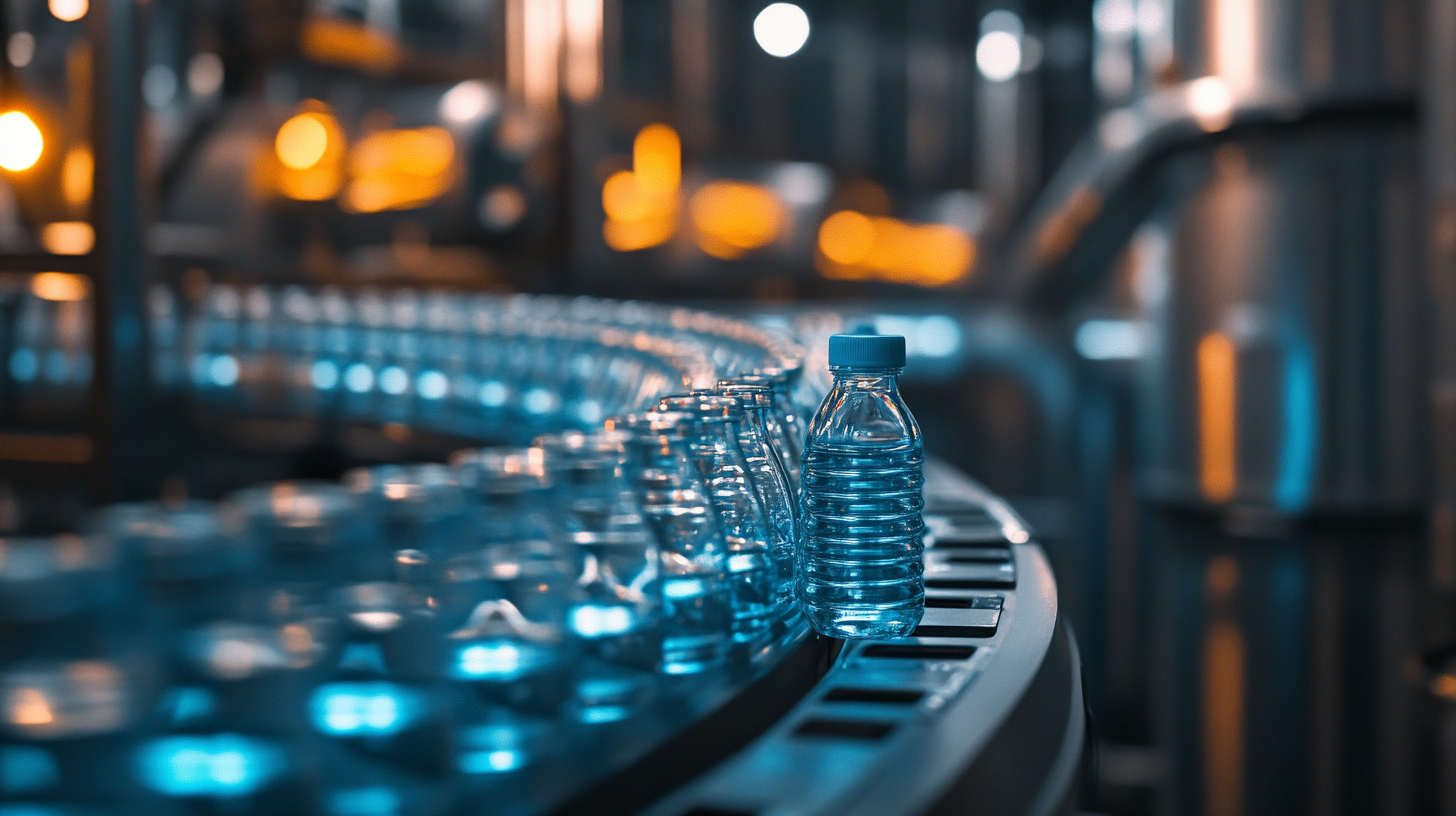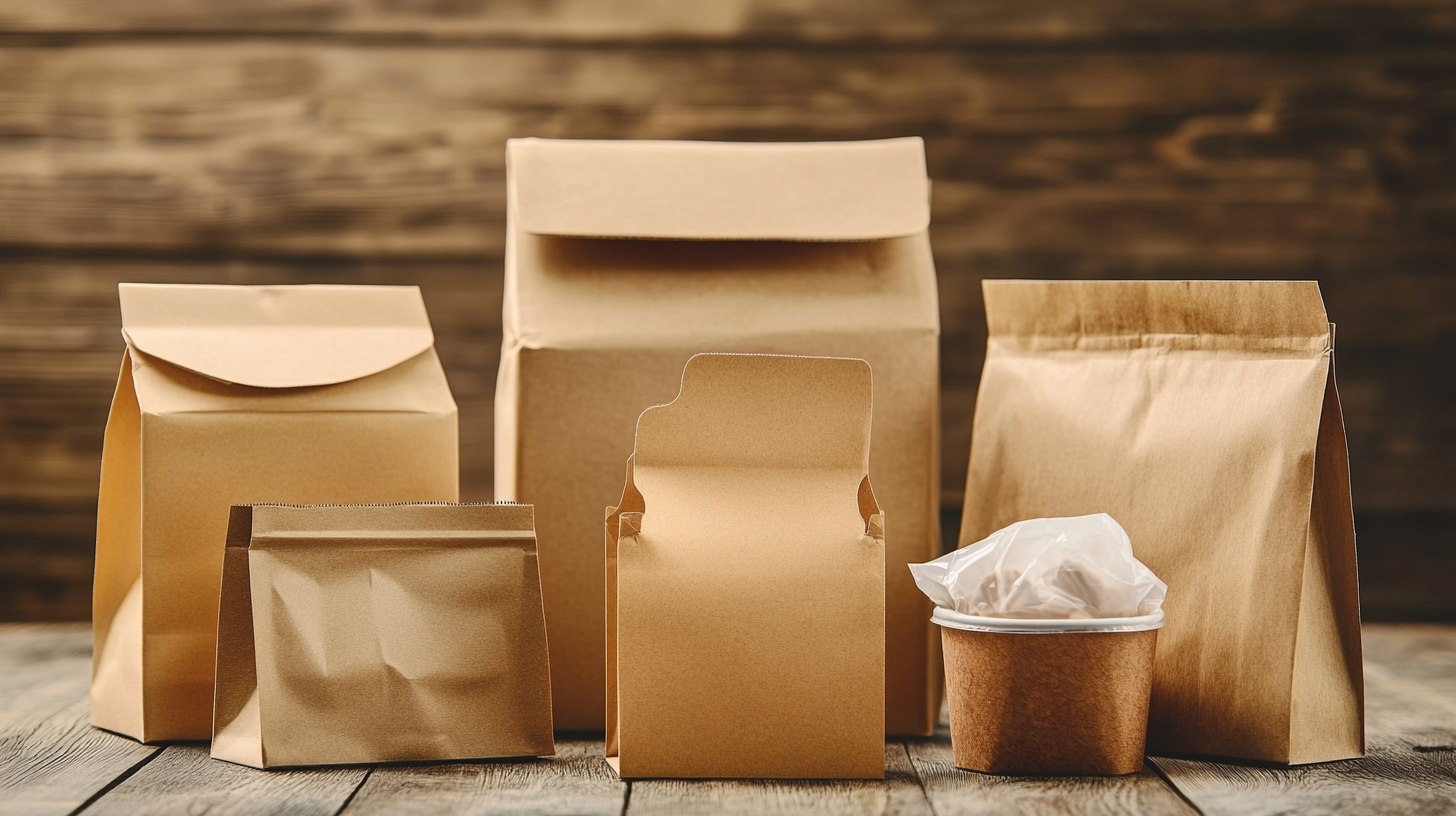ProMach is your partner from start to finish. Our product brands are grouped into distinct business lines that make the most sense to our customers, covering every function of the production line: Filling, Bottling & Capping, Decorative Labeling, Flexibles & Trays, Pharma, Handling & Sterilizing, Labeling & Coding, Robotics & End of Line, and Systems & Integration.
learn moreInnovative Approaches to Packaging Machines in 2025 Trends and Eco-Friendly Alternatives
In the fast-evolving landscape of the packaging industry, the year 2025 is poised to witness significant advancements in packaging machines that cater to the growing demand for sustainability and efficiency. According to a recent report by Smithers Pira, the global packaging market is expected to reach $1 trillion by 2025, driven by the need for innovative, eco-friendly products. This surge is prompting manufacturers to rethink their practices and invest in more sustainable materials, automation technologies, and energy-efficient packaging solutions.
The trend toward eco-friendly alternatives is influencing not only the choices of materials used in packaging but also the design and functionality of packaging machines. A study by Grand View Research indicates that the sustainable packaging market is projected to grow at a CAGR of 5.7% from 2020 to 2027. As companies strive to meet regulatory demands and consumer expectations for greener options, the integration of smart technologies and environmentally responsible practices within packaging machines becomes paramount. This blog will explore the innovative approaches emerging in packaging machines that align with these trends, ultimately shaping a more sustainable future for the industry.

Emerging Technologies Shaping the Future of Packaging Machines
The landscape of packaging technology is undergoing a remarkable transformation driven by emerging innovations that promise to redefine the industry by 2025. With the emphasis on sustainability and efficiency, manufacturers are increasingly turning to advanced automation and intelligent systems. Recent trends highlight that around 30% of packaging machines are expected to incorporate AI capabilities by 2025, fundamentally altering how products are packaged and improving both speed and accuracy. Moreover, eco-friendly materials are at the forefront of packaging advancement, responding to the growing consumer demand for sustainable practices. Research indicates that the market for biodegradable packaging solutions is set to reach $41 billion by 2025, reflecting a significant shift towards greener alternatives. This change is supported by innovations like plant-based plastics and compostable films, which not only reduce carbon footprints but also comply with increasingly stringent environmental regulations. In line with this technological shift, businesses are also exploring the integration of IoT (Internet of Things) devices within packaging machinery. Gartner's recent study highlights that the adoption of IoT technologies will enable real-time monitoring and predictive maintenance, thereby enhancing operational efficiency while minimizing downtime. These innovations signify a pivotal moment in the packaging industry, as companies align with the broader goals of sustainability and technological advancement, ultimately shaping a future that prioritizes both environmental and operational excellence.

Sustainable Materials: The Key to Eco-Friendly Packaging Solutions
As we look forward to 2025, the packaging industry is undergoing a significant transformation driven by the need for sustainable solutions. Sustainable materials have emerged as a cornerstone in the quest for eco-friendly packaging. According to a recent report by Smithers Pira, the global market for sustainable packaging is expected to reach $ packaging market value by 2027, signifying a robust growth in demand for materials that minimize environmental impact.
Biodegradable materials, such as polylactic acid (PLA), are becoming increasingly popular due to their ability to decompose under industrial composting conditions. Market research from Freedonia Group indicates that biodegradable plastics will account for over 20% of the total plastic packaging market by 2025. These sustainable alternatives not only help reduce waste but also align with consumer preferences, as studies show that over 70% of customers are willing to pay more for packaging made from sustainable materials.
In addition to biodegradable options, the adoption of recycled materials is gaining traction within the packaging sector. According to the Ellen MacArthur Foundation, transitioning to a circular economy through extensive recycling can reduce greenhouse gas emissions by over 70% by 2030. Companies that leverage recycled content in their packaging can significantly decrease their carbon footprint, positioning themselves as responsible industry leaders. With increasing regulatory pressure and a push from environmentally conscious consumers, investing in sustainable materials is not just a trend—it's becoming essential for future success in packaging.

Automation Trends in Packaging: Balancing Efficiency and Sustainability
As we look toward 2025, the field of packaging machines is undergoing a transformation, driven by automation trends that emphasize both efficiency and sustainability. Modern packaging operations are increasingly implementing smart technologies that enhance productivity. These innovations not only streamline the packaging process but also reduce waste, helping companies achieve their environmental targets. For instance, advanced robotics and artificial intelligence are being integrated into packaging systems, allowing for precise control over operations and significantly decreasing energy consumption.
Moreover, the push for eco-friendly alternatives is reshaping how packaging machines are designed and utilized. Manufacturers are now focusing on materials that are recyclable or biodegradable, which has led to the development of machines capable of handling these sustainable materials without compromising performance. This shift not only caters to consumer demand for greener products but also helps brands comply with stricter environmental regulations. Automated systems that can quickly adapt to various packaging materials are essential in this evolution, offering flexibility and responsiveness to changing market demands.
In achieving a balance between efficiency and sustainability, companies are investing in training and resources to ensure that their workforce is equipped to manage these new technologies effectively. This investment in human capital is crucial, as an informed team can operate advanced machinery, maintain high standards of quality, and innovate continuously. As we advance, the collaboration between automation and eco-conscious practices will define the future of packaging, ensuring that the industry meets both operational goals and ecological responsibilities.

Circular Economy: Redefining Packaging Strategies for 2025
In 2025, the packaging industry is set to undergo significant transformations driven by circular economy principles, aiming to redefine packaging strategies to combat climate change. As highlighted by recent reports, the global push towards minimizing carbon emissions has become a central focus, especially in developing countries where reliance on fossil fuels remains high. The adoption of innovative materials and sustainable practices is essential for creating a cleaner environment.
A notable example of this shift is the introduction of the world's first fully recyclable paper packaging by Mondelez International, unveiled at the China International Import Expo. This innovation not only showcases the potential of paper as a viable alternative to plastic but also aligns with the increasing consumer demand for eco-friendly products. According to DFI Retail Group's 2024 sustainability report, their commitment to enhancing plastic packaging recyclability has resulted in a significant 57% recovery rate, reflecting a broader industry trend towards sustainability.
Furthermore, companies like Sealed Air are investing in advanced recycling technologies, partnering with leaders such as Plastic Energy to enhance their circular economy initiatives. This alignment with circular economy strategies is not just about compliance but also about seizing new market opportunities. As retailers and manufacturers alike strive to integrate sustainable packaging solutions, the path forward in 2025 will be defined by collaborative efforts that promote environmental responsibility and long-term economic viability.
Innovative Designs: Enhancing User Experience in Packaging Machinery
As we look towards 2025, the landscape of packaging machinery is undergoing a remarkable transformation, driven by innovative designs that prioritize user experience. Today’s packaging machines are not only focused on efficiency but also on enhancing the operator’s interaction with the machinery. Ergonomic designs, intuitive interfaces, and advanced automation are setting a new standard for how machines should operate.
Users are increasingly demanding machines that are not only functional but also easy to operate. This need has sparked creativity in the design of control panels, incorporating touchscreen interfaces that streamline the user experience. These intuitive systems allow operators to quickly access settings and make adjustments on the fly, fostering a more efficient workflow. Furthermore, the integration of artificial intelligence into packaging machines helps predict maintenance needs, thereby minimizing downtime and enhancing overall production speed.
Environmental considerations also play a significant role in the future of packaging machinery. Designers are focusing on eco-friendly materials and energy-efficient processes that reduce the carbon footprint of packaging operations. Machines are being developed to utilize biodegradable materials and recyclable components, aligning packaging processes with sustainable practices. This shift not only meets the demands of environmentally conscious consumers but also positions companies as leaders in sustainability, making the packaging experience more meaningful and responsible.
By prioritizing user-centered designs and embracing sustainability, the packaging machinery of 2025 promises to create a more efficient and environmentally friendly industry.
